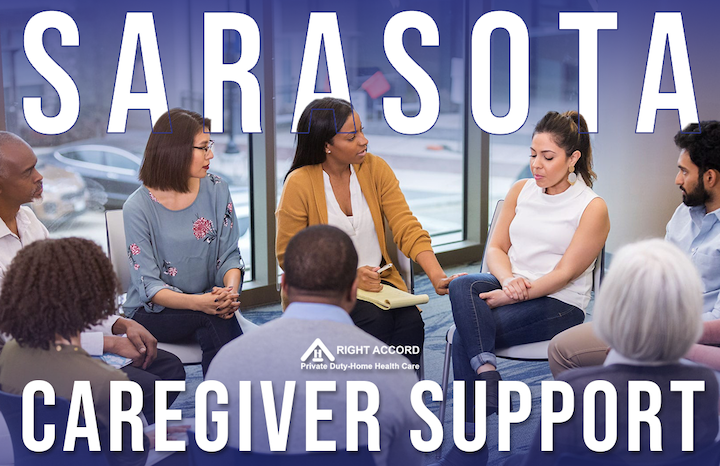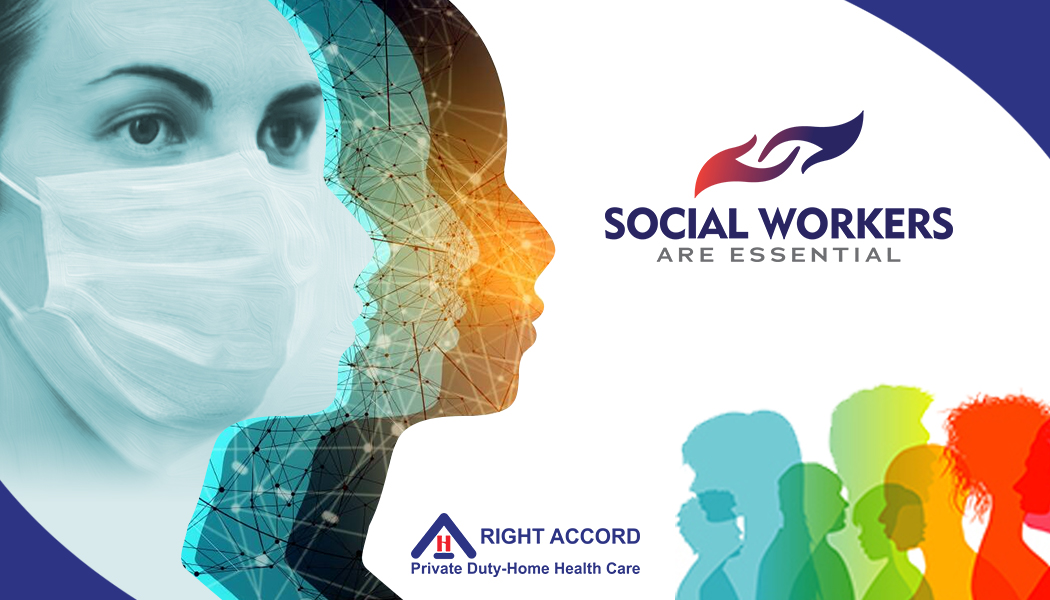· 8 min read
The Plight of Caregivers in America: Caregiving Support Groups 2020
According to the Caregiving Support Groups research study for 2020, the number of Americans providing unpaid care has increased over the last five years. Read more of that information here.
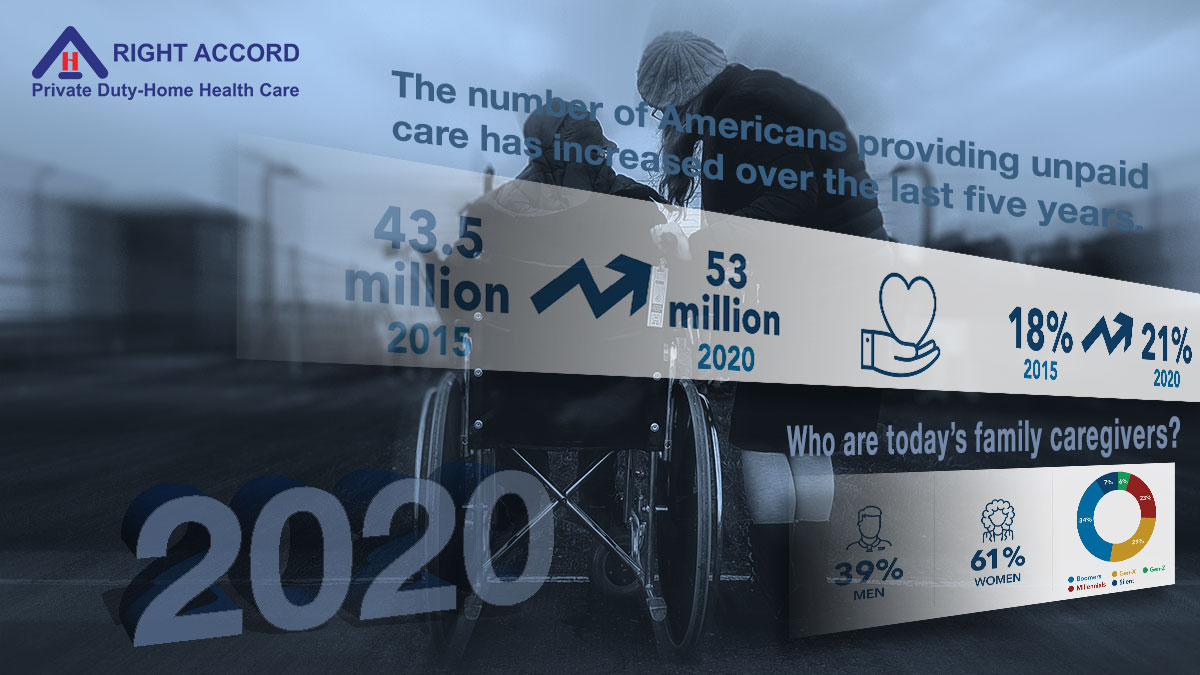
The number of Americans, providing care to an adult has increased over the last five years. Today, one in five or 19% are providing unpaid care to an adult with health or functional needs.
Greenwald & Associates together with NAC, AARP, and various caregiving support groups conducted the study called Caregiving in the U.S. 2020 using the representative, probability-based online panels nationwide. The research survey is conducted every five years. It is used to determine the current state of caregiving in the U.S.
They use the data to understand its effect to the participating caregivers. Among these participants are the baby boomers, their preceding and succeeding age groups. The data are also used in anticipating the demands for long-term services and supports (LTSS). Family caregivers provide the majority of long-term services and support (LTSS). But, as the study shows, the supply of family caregivers is unlikely to keep pace with future demand.
Based on the result of the study, more than 1 in 5 Americans are caregivers. They have provided care to an adult or a child with special needs at some time in the past 12 months. This also totals an estimated 53.0 million caregivers in the United States who are adults. They are up from the estimated 43.5 million adult caregivers in 2015.
NEARLY ONE IN FIVE (19%) ARE PROVIDING UNPAID CARE TO AN ADULT WITH HEALTH OR FUNCTIONAL NEEDS.
There is also a higher number of adult caregivers today that are providing care to two or more recipients. Compared to 2015 data of 18 percent, the 2020 result of 24 percent is very significant. This finding suggests a nation of Americans who continue to step up to provide unpaid care for family, friends, and neighbors. This increase in prevalence may be due to any of the following:
- The increasingly aging baby boomer population requiring more care
- Limitations or workforce shortages in the health care or long-term services and supports (LTSS) formal care systems
- Increased efforts by states to facilitate home- and community-based services
- Increasing numbers of Americans who are self-identifying that their daily activities, in support of their family members and friends with health or functional limitations, are caregiving
- The confluence of all of these trends
THE CAREGIVERS AND THE CARE RECIPIENTS
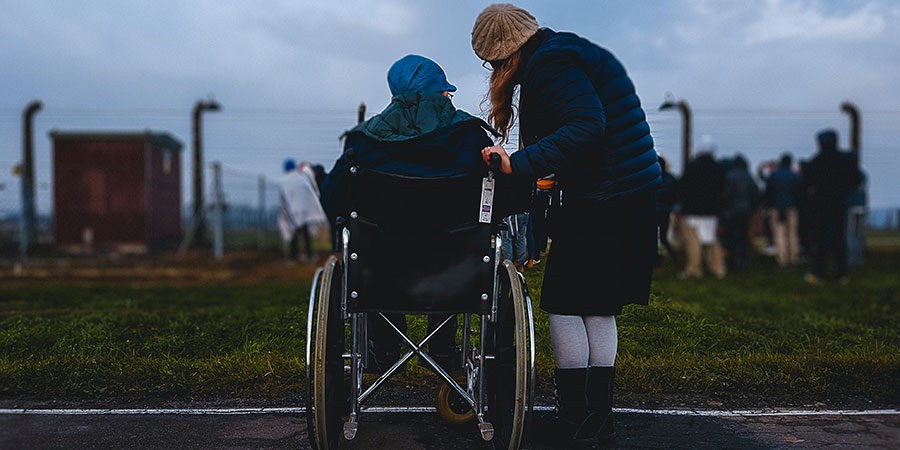
Photo by Josh Appel on Unsplash
Most caregivers care for a relative. This relative is typically a parent or parent-in-law. Some spouse or partner, grandparent or grandparent-in-law or adult child. Others provide care to a friend or neighbor. Many caregivers live together with their recipient, a proportion that has grown since 2015. The older caregivers tend to take care of similar-aged recipients. While younger caregivers tend to take care of someone older than themselves.
According to caregiving support groups study, adult care recipients today have greater health and functional needs. Caregivers report that the adults who receive care (the “care recipient”) have greater health and functional needs than was reported by caregivers in 2015.
Compared in 2015, they need more care now because of their long-term physical conditions and emotional or mental issues. They also suffer memory problems including Alzheimer’s or dementia. These health issues among care recipients prompts the unpaid caregiver to assist them with more medical or support needs.
The data also suggest that many caregivers are taking on this role with no adequate support in place. Like for example, only few caregivers reported that their recipient was hospitalized overnight. Even though the recipient already has an increasing health condition at that time. Few also report that their recipients had received any paid help.
The health care and LTSS systems in the United States are often dispersed or fragmented. It has many different settings that go for care, services or supports which can be very frustrating, stressful, and costly. More caregivers say it is difficult to coordinate their recipient’s care across various providers. They report that it is difficult to get affordable services in their recipient’s area.
It also appears that beyond the estimated 48 million caregivers in the United States, another 3.4 million children are tasked to care for the adults. This may be due to the impact of disease or disability that ripple beyond the caregiver and recipient.
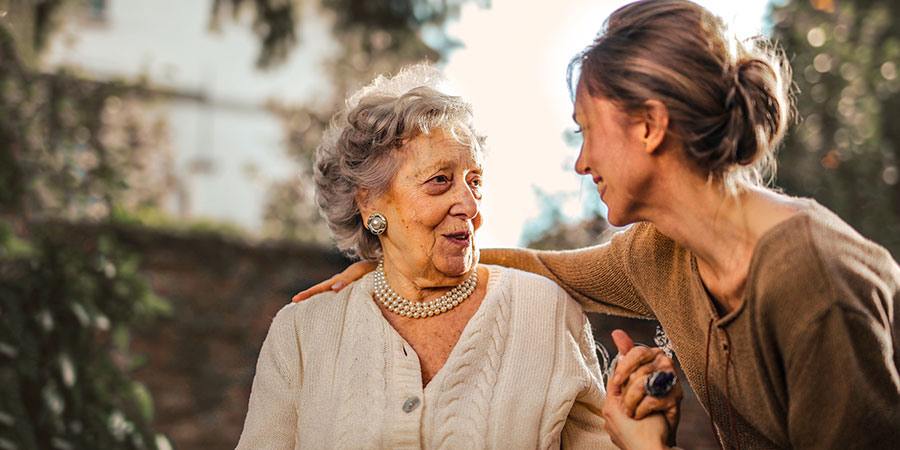
Photo by Andrea Piacquadio from Pexels
YOU TAKE CARE OF MOM, BUT WHO WILL TAKE CARE OF YOU?
Caregivers today are experiencing more stress and strain compared to 2015. They report physical, emotional, and financial strain with 2 in 10 expressed that they feel alone. Also, fewer caregivers report their health status as excellent or very good and a greater proportion report being in fair or poor health. Every 1 in 4 find it difficult to take care of their own health and a similar proportion report caregiving has made their own health worse.
The decline in caregiver self-reported health is alarming. The stress associated with being a caregiver may affect their health as they age. It also means that support for caregivers and their recipients will be even more critical if this trend continues to hold. Caregivers who cannot care for themselves may become unavailable to care for others. Which then begs the question, “Who will care for the caregivers?”
23% OF AMERICANS SAY CAREGIVING HAS MADE THEIR HEALTH WORSE.
Caregivers reported that they rely on some caregiving support groups, doctors, nurses, and health workers as a source of information about providing care. But, very few caregivers talk to these health care professionals about what they need to care for their recipient or to support their own well-being.
THE ECONOMIC EFFECTS ON FAMILY CAREGIVING

Caregivers were heavily affected by the financial consequences of caring for the family members. About 1 in 5 caregivers report high financial strain as a result of caregiving. Most common result is that they have stopped saving, they have taken on more debt, they have left bills unpaid or paid late.
While others borrowed money from family or friends, and 1 in 10 caregivers have been unable to afford basic expenses like food.
On their work related activities, 6 in 10 caregivers are working while caregiving. Most of these working caregivers report going late, leaving early, or taking time off to accommodate care. Among these, 1 in 10 working caregivers have had to give up work entirely or retire early. These events have implications on the financial status of the caregivers. These also are the common reasons why they report high financial strains. The majority of caregivers feel an income tax credit or program to pay caregivers would be helpful to defray the financial costs of care.
Caregivers recognized the need to use some services and support like respite care, but the actual use of respite care remains low among them. The most common information and support needs are related to keeping their care recipient safe at home, managing their own (the caregiver’s) stress, and navigating forms, paperwork, and eligibility for services. They commonly go online to find more actual, hand-on help on these aide services.
CAREGIVING IN THE NEXT FIVE YEARS
Moving onwards in the next five years, it appears that many caregivers are not preparing for their own or their care recipient’s future needs. About half of caregivers expect to be caring for someone in the next five years. However, making plans for future care, such as applying for long term care insurance, instructions for handling financial matters, health care decisions, or living arrangements, is still not the norm among caregivers. Only 44 percent report their recipient has these plans in place and 45 percent of caregivers have their own future care plans in place.
CONCLUSION
The research highlights the situations of caregivers in the United States as they are stepping up to help family and friends. For 1 in every 5 Americans providing care, the case of unpaid caregiving is increasing in prevalence. While the adult population continues to grow and face more complex and chronic conditions. Caregivers feel the pressure of providing care despite experiencing financial strain, work-related problems, and health stress. They find themselves in need of information, resources, benefits, or programs. Although some of these things are difficult to find access or too expensive to afford.
This research calls on the caregiving support groups, public health experts, policy makers, health providers, researchers, employers, financial institutions, and other stakeholders to recognize the looming care gap situation in the country. More people need care and fewer potential family members are available to provide that everyday help. The need for greater support among public and private sectors is necessary to ease pressures on each family caregivers. This is to ensure that they do not suffer deteriorating health effects and financial insecurity. Or even a combination of these negative impacts. Together, we can develop and enact solutions to support family caregivers. It is necessary to improve their well-being and the well-being of those for whom they provide care.
Download the research study here: Caregiving in the U.S. 2020 Report
